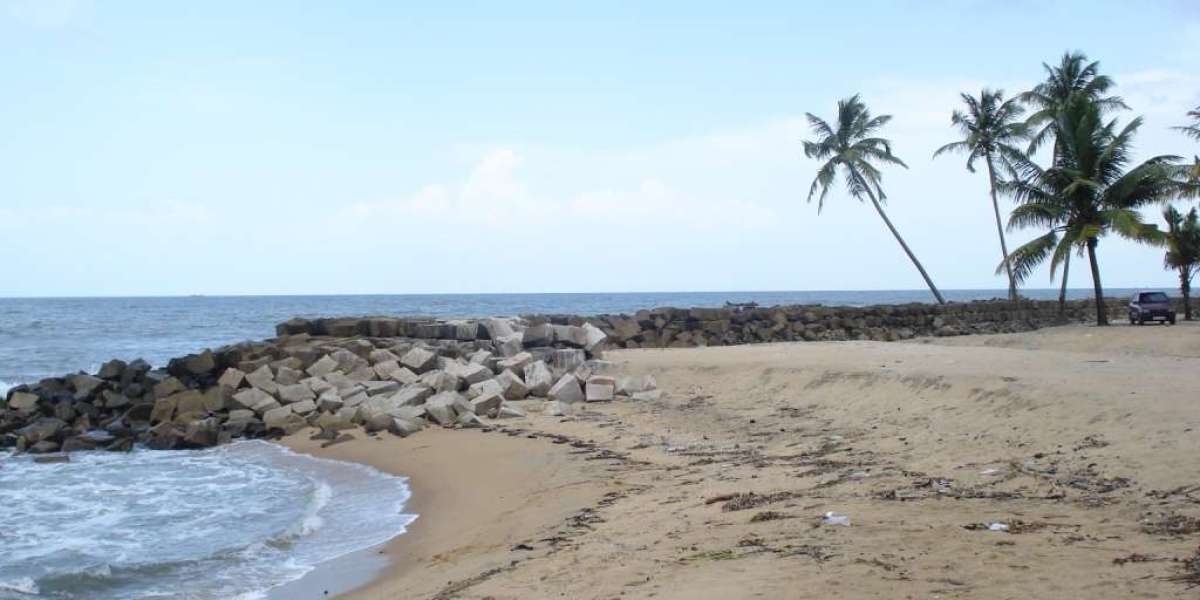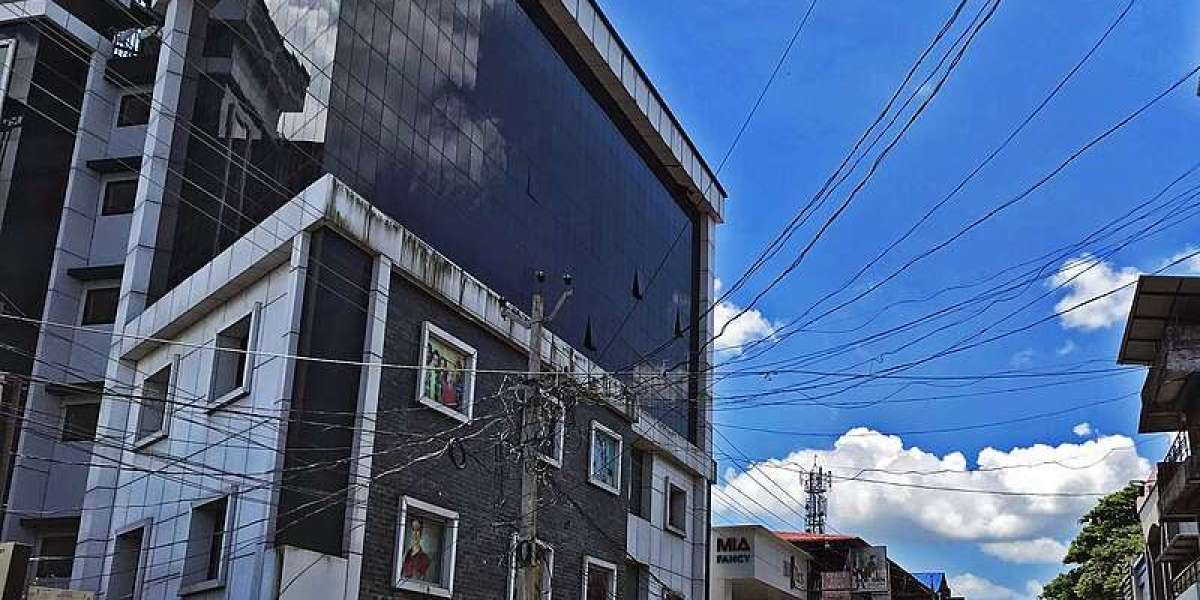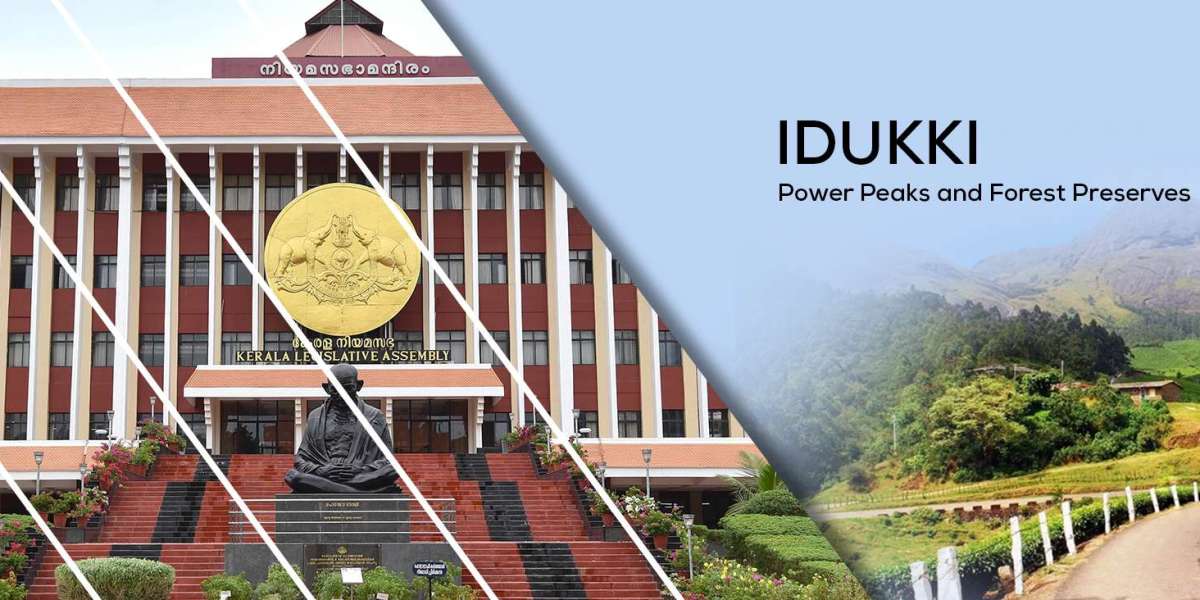Geography and Demographic Profile
Situated along Kerala’s coastal belt, Kaipamangalam incorporates sandy shores, backwaters, and
wetland habitats—anchoring a strong “blue economy.” The population was around 35,626 as per
the 2011 census, with literacy exceeding 95%, and 10.4% SC representation. In 2021, there were
173,965 registered electors, with a women-majority voter ratio of over 1,145 females for every
1,000 males.
Economy and Social Profile
Kaipamangalam’s core economy blends agriculture, the blue economy (fishing and aquaculture),
and small trade/business. The existence of a century-old Fisheries Vocational Higher Secondary
School, offering aquaculture training, highlights the fisheries sector as a key livelihood source.
There’s also a modest NRI influence and remittances, but the district leans heavily on middle-income
agrarian and coastal fishing communities. Most households belong to the middle economic strata,
with few in BPL or highincome brackets.
Political Landscape
Kaipamangalam falls under the Chalakudy Lok Sabha constituency and has been consistently
represented by CPI’s E.T. Taison Master, who won in 2021 with 53.76% vote share, defeating
Congress’s Sobha Subin with a margin of 22,698 votes. Turnout in 2021 was a respectable 76.68%.
Recent Development Initiatives
The constituency once had unique all-woman polling booths in Eriyad panchayat to
encourage Muslim women electorate participation; however, the scheme was discontinued
in late 2023 citing practicality and redundancy.
Ahead of upcoming polls, new Election Commission norms aim to install polling booths in
residential complexes, reduce max voters per booth to 1,200, and introduce phone-lock
token facilities to improve voter turnout.
Investments in aquaculture infrastructure, vocational training via fisheries schools, and
roadway improvements across panchayats have boosted both fish-sector livelihoods and
small-scale tourism linked to Perinjanam beach and the backwaters.
Kaipamangalam remains a dynamic coastal constituency where fisherfolk, farmers, middle-class
traders, and school-based marine education combine in a vibrant social-economic mix. With steady
voter engagement (~77%), strong grassroots representation, and adaptive election infrastructure, it
is both culturally rooted and forward-moving—balancing tradition with infrastructural and civic
modernization.







